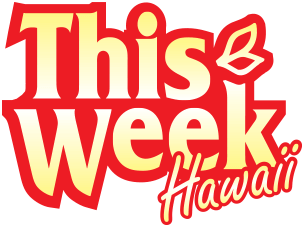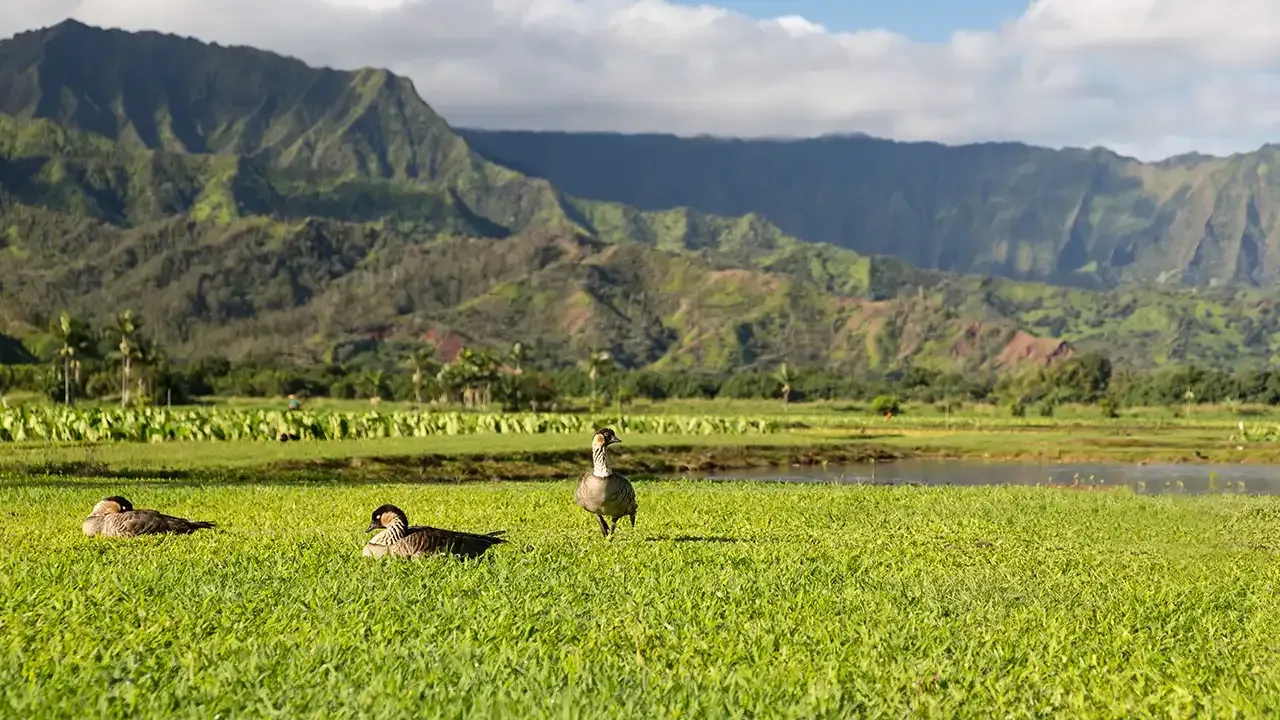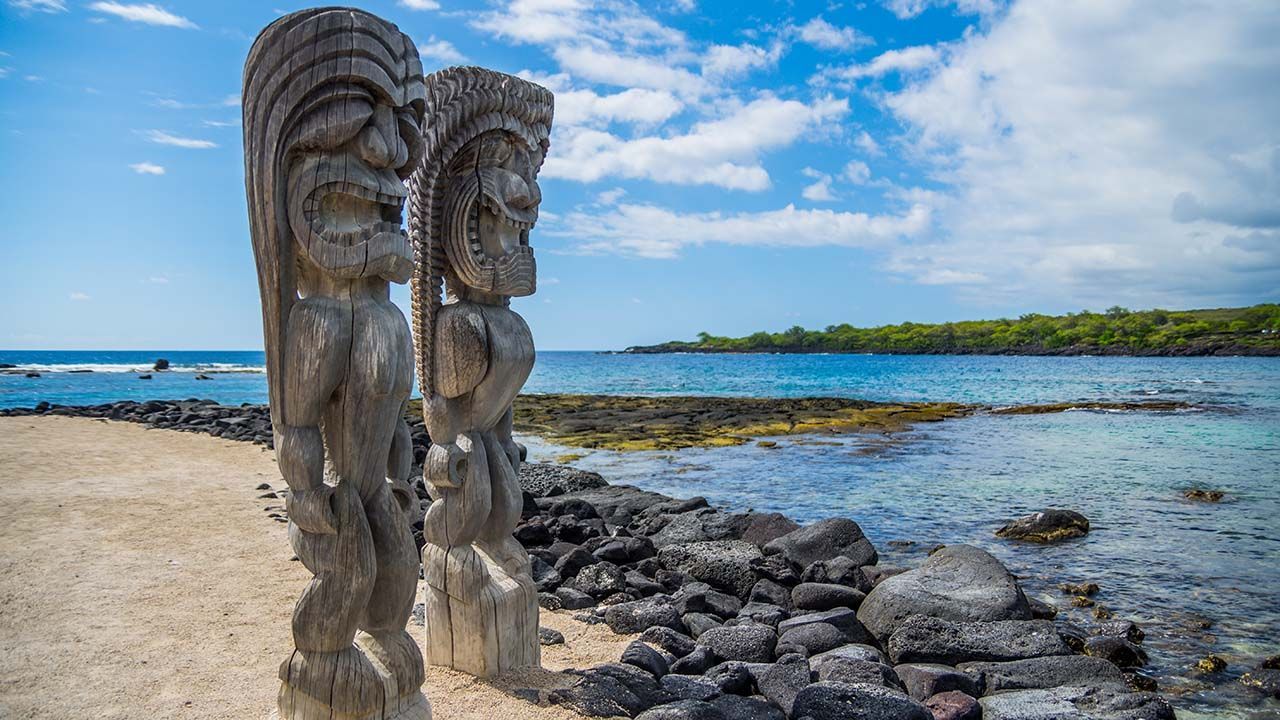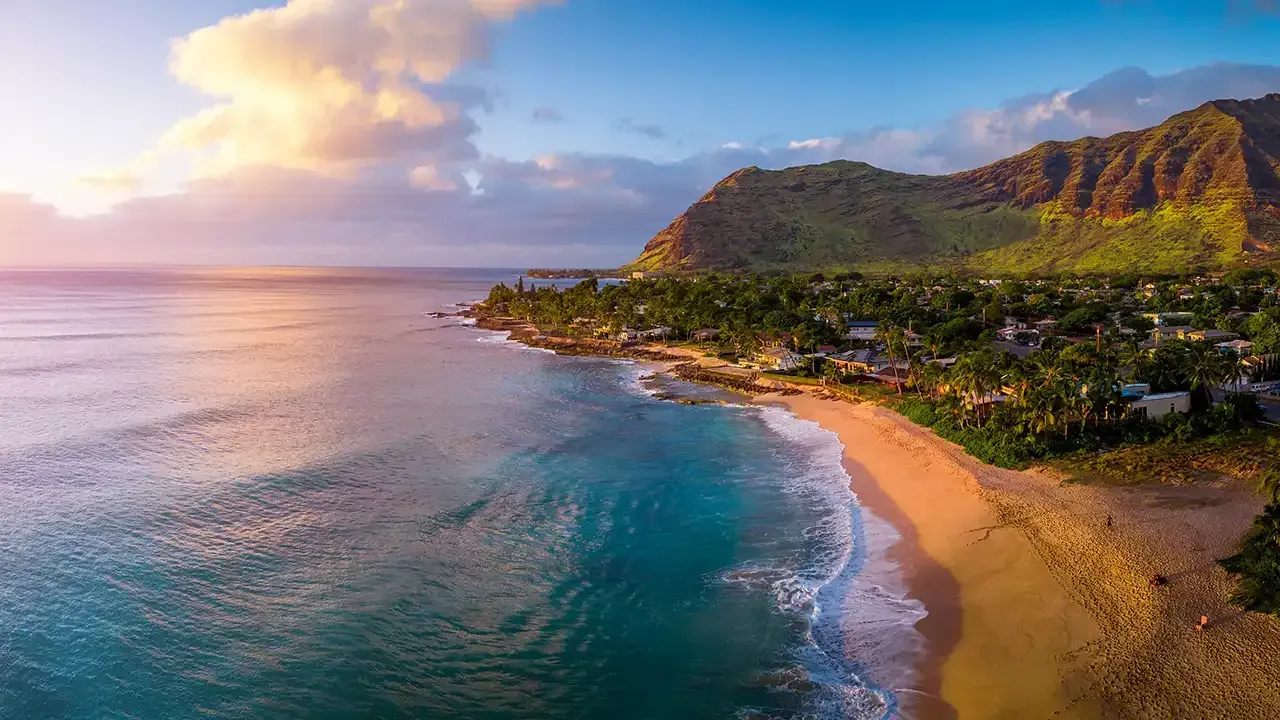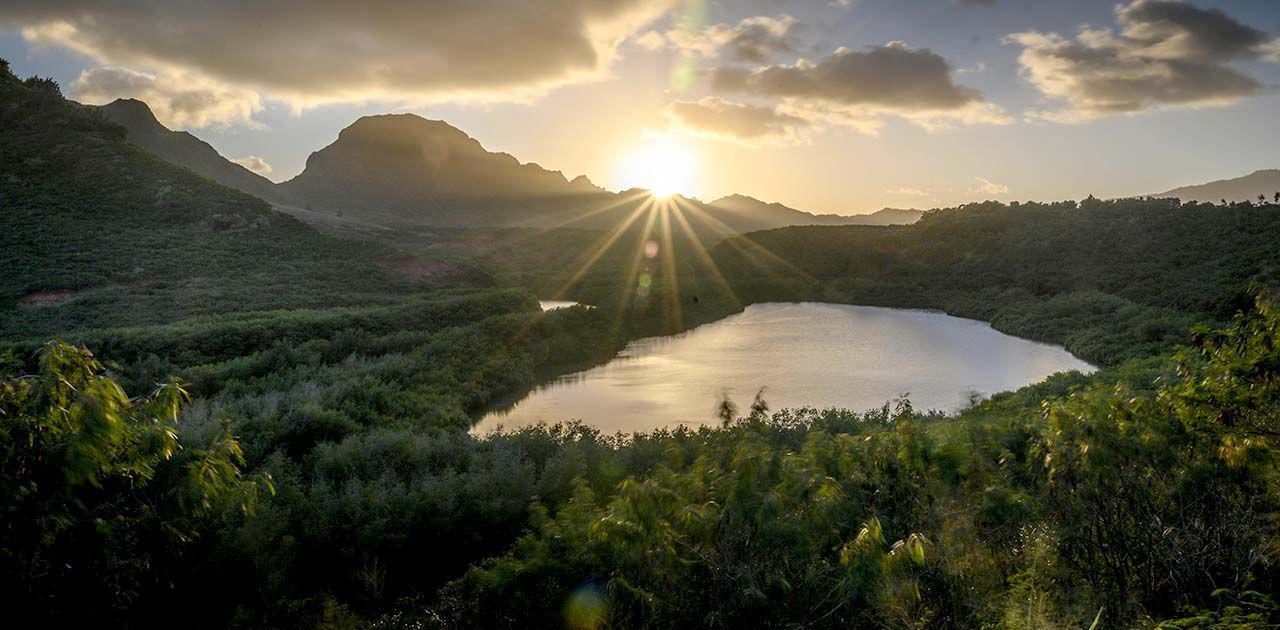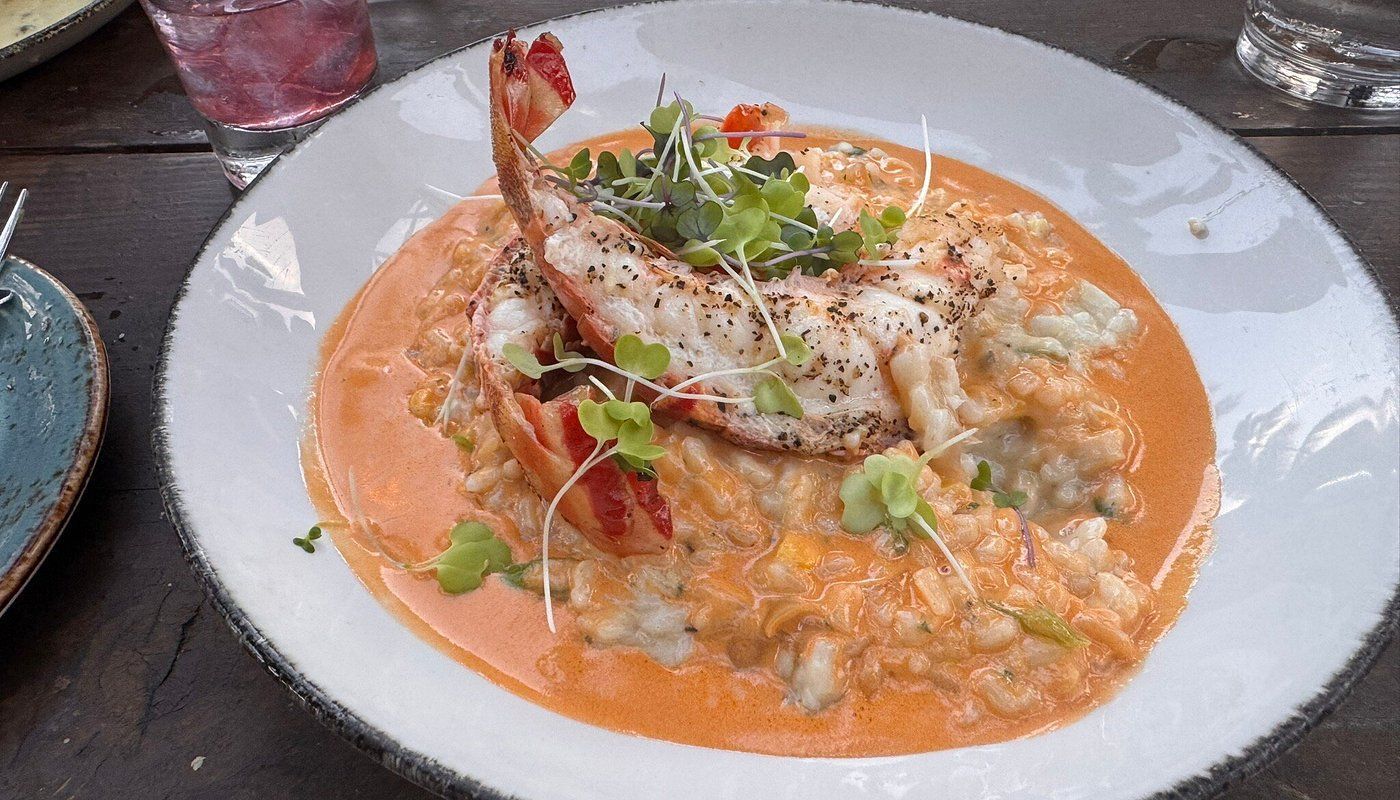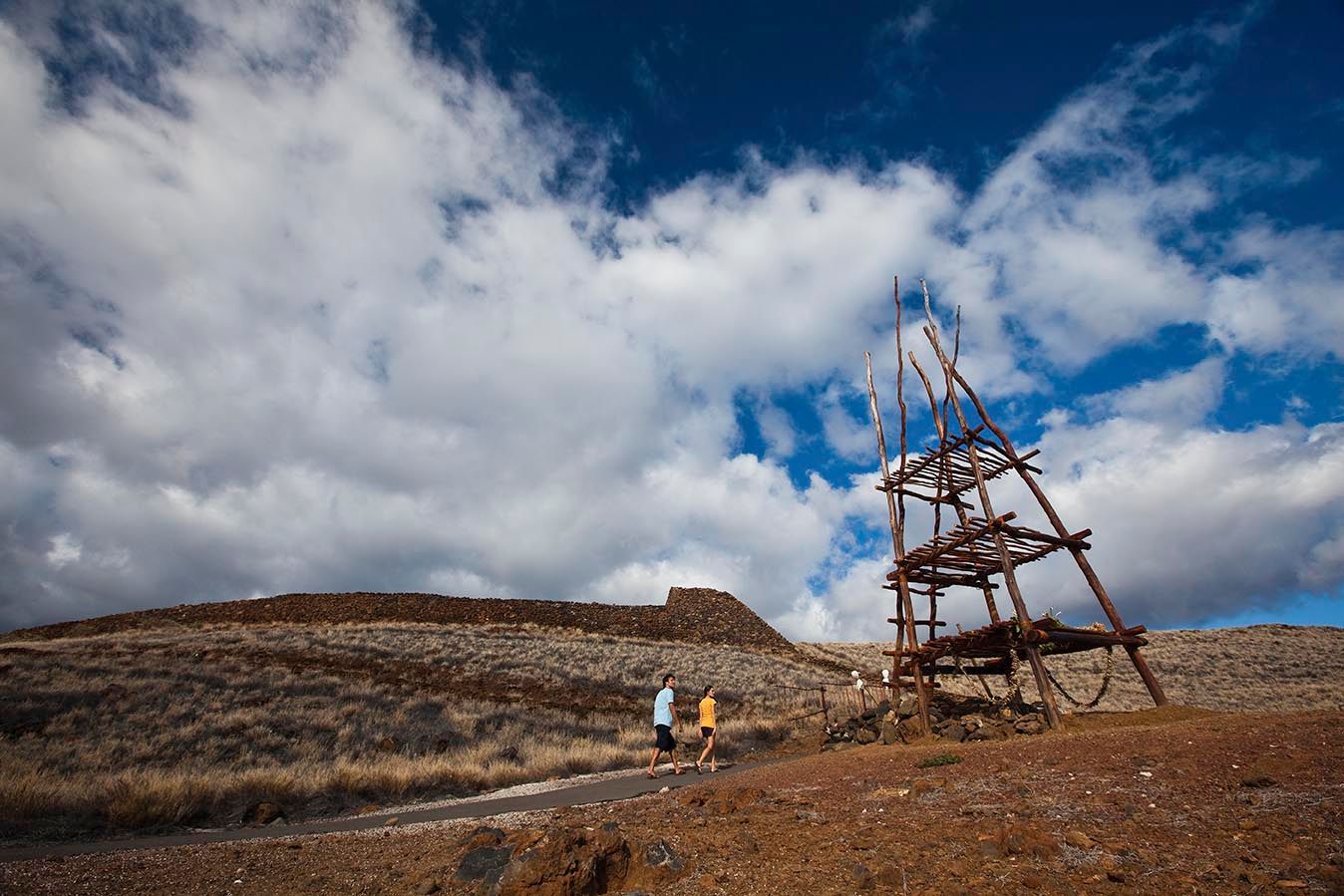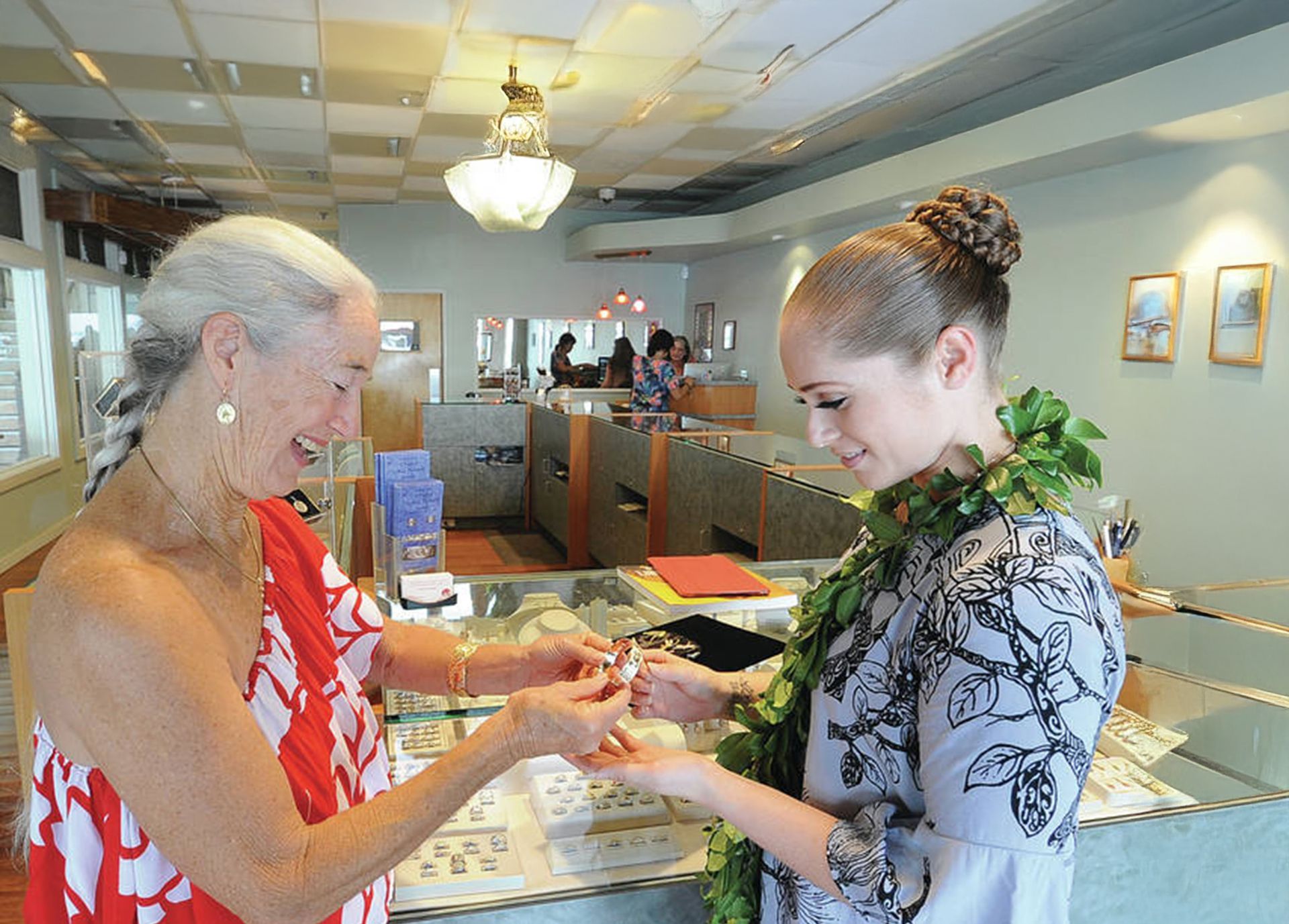Plastics, Microplastics and Greenpeace in Hawai‘i
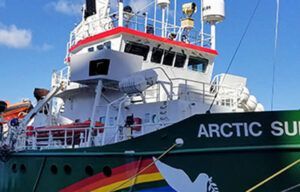
By Richard Melendez, Digital Editor
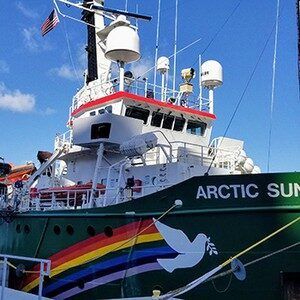
When you think Greenpeace, you might think of their daring and dangerous confrontations with whaling vessels or possibly one of their (sometimes controversial) efforts to halt other environmentally damaging activities. So it should come as no surprise to learn that Greenpeace is also active in studying the effects of plastics and microplastics on the environment, trying to get the largest producers and consumers of plastics to change their ways, and educating the public about the dangers and remedies.
The Greenpeace vessel Arctic Sunrise recently visited the Great Pacific Garbage Patch, and has been making its way around the Pacific to study this phenomenon more and giving people a better understanding of how dire a threat plastics pose to not only our planet, but to our own bodies, as well. The crew has been in Hawai‘i through much of October, including stops in Honolulu and Kaho‘olawe, to further research waterborne plastics, and to share their story with the public. And what a enlightening and disturbing story it is.
Bottom line, Plastics are bad. Microplastics — small, barely visible pieces of plastic — are bad, too, if not worse. Plastics aren’t biodegradable, but they will break down into smaller and smaller microplastics. These microplasticsare found in the ocean, in the sand and soil, and in all levels of our food supply chain, including within our store-bought products — from fresh fish to bottled water to sea salt — and have been found within our bodies and fecal matter. What are the long term effects of these microplastics on our health? We don’t know, yet.
While this may all seem like doom and gloom, there are actions that everyone can take to help alleviate the situation. Especially as a tourist, it’s way too easy to go through a ton of disposable plastics, but it doesn’t take much effort to be a more responsible traveler.
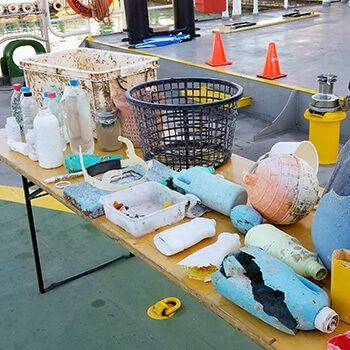
- Recycle! Recycling is the simplest, and most common means available to us. Whenever you’re out in public, look out for the blue recycling bins, usually adjacent to regular trash bins.
- Carry reusable straws and utensils: They’re inexpensive and extremely portable. In fact, buy two or three sets — one for home, one for work, and one that goes wherever you go.
- If you must go with disposables, consider chopsticks! There’s some debate about whether bamboo or wood chopsticks are better for the environment, but either way, they’re both a far better choice than anything plastic. BONUS POINTS: Carry around reusable chopsticks!
- Use insulated water bottles, or any reusable container for your beverages. We think nothing about purchasing water in plastic bottles, but that waste quickly adds up. Carry around an insulated water flask and refill it as needed through the day. You’ll probably find your water intake will increase, too.
- Use canvas bags or other reusable bags. While you’re running around purchasing souveniers and other goods, you’ll normally accumulate a ton of plastic bags. Carry around your own bags to avoide that problem!
- Cleaning up after yourself — and others. The conventional wisdom here in Hawai‘i is to leave a place nicer than the way you found it, even if that means picking up something left behind by someone else. It takes almost no effort, and you’ll feel better for it.
- Participate in a community clean-up. The Beach Environment Awareness Campaign Hawai‘i (B-E-A-C-H.org) has tons of info about plastics and microplastics, and is on the front lines of helping clean up the environmental damage they pose, as well as raising community awareness on the issue. Also, check our online calendar for clean-up events. We regularly have listings for programs at beaches, streams and hiking trails. You’d be amazed at how much trash and plastic debris makes its way into our natural resources!
There’s so much more to the story of the Arctic Sunrise and their adventures in the Pacific. There’s even much more to tell and learn about plastics and microplastics in our environment. Hopefully you can visit the Arctic Sunrise while they’re here in Hawai‘i or wherever else in the world you may cross paths.
